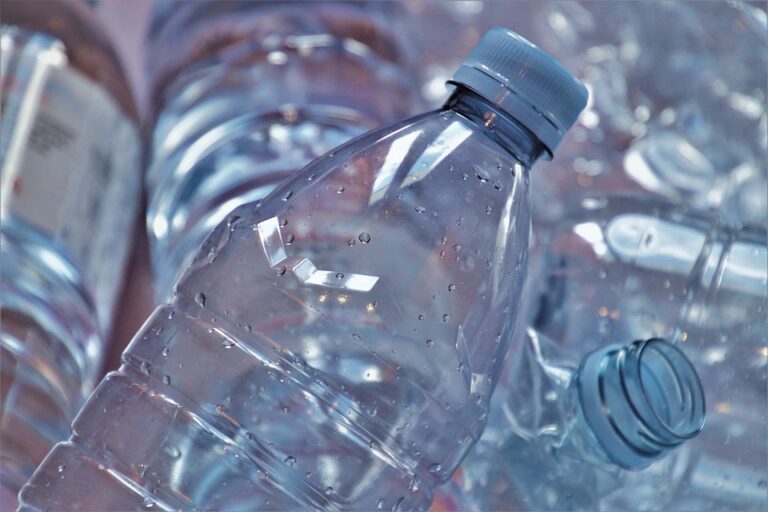Author: Peter Spannring, Indorama
Indorama is one of the leading partners in the production of pure PET pellets used for diapers, food contact materials (e.g. soft drink bottles) or textiles. Mixed plastic applications, such as copolymerized material with polyolefins, also show great potential, for example to give plastics more strength or better gas barrier properties.
Due to European legislation, Indorama, as a packaging manufacturer, is required to incorporate 25% renewable materials in its products by 2025. The goal is therefore to increase this percentage every year, while maintaining high standards for materials that come into contact with food (e.g. PET bottles).
Challenges in PET manufacturing by using recycled material
The biggest challenges in the production of PET are the coloring of the final product and the traces of (transition) metals. For example, renewable monomers such as terephthalic acid derived from depolymerized material should not contain more than 20 ppm of metals, including iron (Fe) and 10 ppm without iron (Fe).
In the long term, when materials have been reused multiple times, traces of metals used as catalysts or in production steps agglomerate to the point of being unsuitable for food contact materials. This means that even white or transparent materials cannot be used for PET bottles, as they could be harmful to consumers. For the textile industry, the standards are lower: if shoe soles, laces or shirts have higher levels of Mg, Co or other transition metals, the concerns are less pronounced.
For the values that determine the color of the monomer and the subsequent polymer, manufacturers must meet the required target values for whiteness (L* value > 94), redness/greeness (a* value = close to 0) and – the most challenging – yellowing/browning (b* value < 4). The values can be corrected by toner, and ironically, Indorama sells colorless, transparent PET pellets that are then mixed with colorants into the final material, such as green soda bottles for Sprite. The purification of recycled monomers significantly reduces yields, and if the market allowed colored PET pellets made from recycled material, the situation would improve. However, this is linked to consumer interests and legislation.
Another challenge in production is the physical properties of the recycled material. Virgin material flows well, has a low particle distribution, is completely dry, and is easy to convey. Recycled material must also meet these aspects, which is often difficult if it is not completely purified or if oligos are still present in the material.
ENZYCLE’s solutions for PET manufacturers
To meet the requirements of using renewable materials in PET products, an alternative to chemical or mechanical recycling could be interesting. Mechanical recycling cannot be performed infinitely, because each recycling step of sorting, remelting, and blowing reduces plastic properties such as chain length, strength, and transparency, leading to increased yellowing or the appearance of cracks in the material. Even though the first cycles of mechanical recycling usually cost less energy and have less environmental impact than chemical or enzymatic recycling, it cannot be used infinitely. Depolymerization to the monomers facilitates purification, and clean polymers can theoretically be produced an infinite number of times.
Compared to chemical recycling, enzymatic recycling uses water as a solvent and metal-free enzymes as catalysts, making it an attractive green alternative. Currently, chemical recycling works much faster than enzymatic recycling, however, the reaction conditions such as temperature (70°C for enzymatic versus 200°C for chemical recycling) are much more environmentally friendly in enzymatic recycling.
The specificity of enzymes is also an advantage, as enzymes can pick out PET from many other polymers. Transition metal catalysts are far less specific than enzymes, which often causes problems in chemical depolymerization processes, such as for nylon or polyamides. And if biocatalysts are also reusable, this could be another reason for industry to prefer enzymatic depolymerization processes.
With the help of nature and research, it is expected that in the next decades technological progress could surpass chemical depolymerization processes – and the ENZYCLE project is an important step to reach this goal as soon as possible.
(Picture credits: Pixabay pasja1000)




